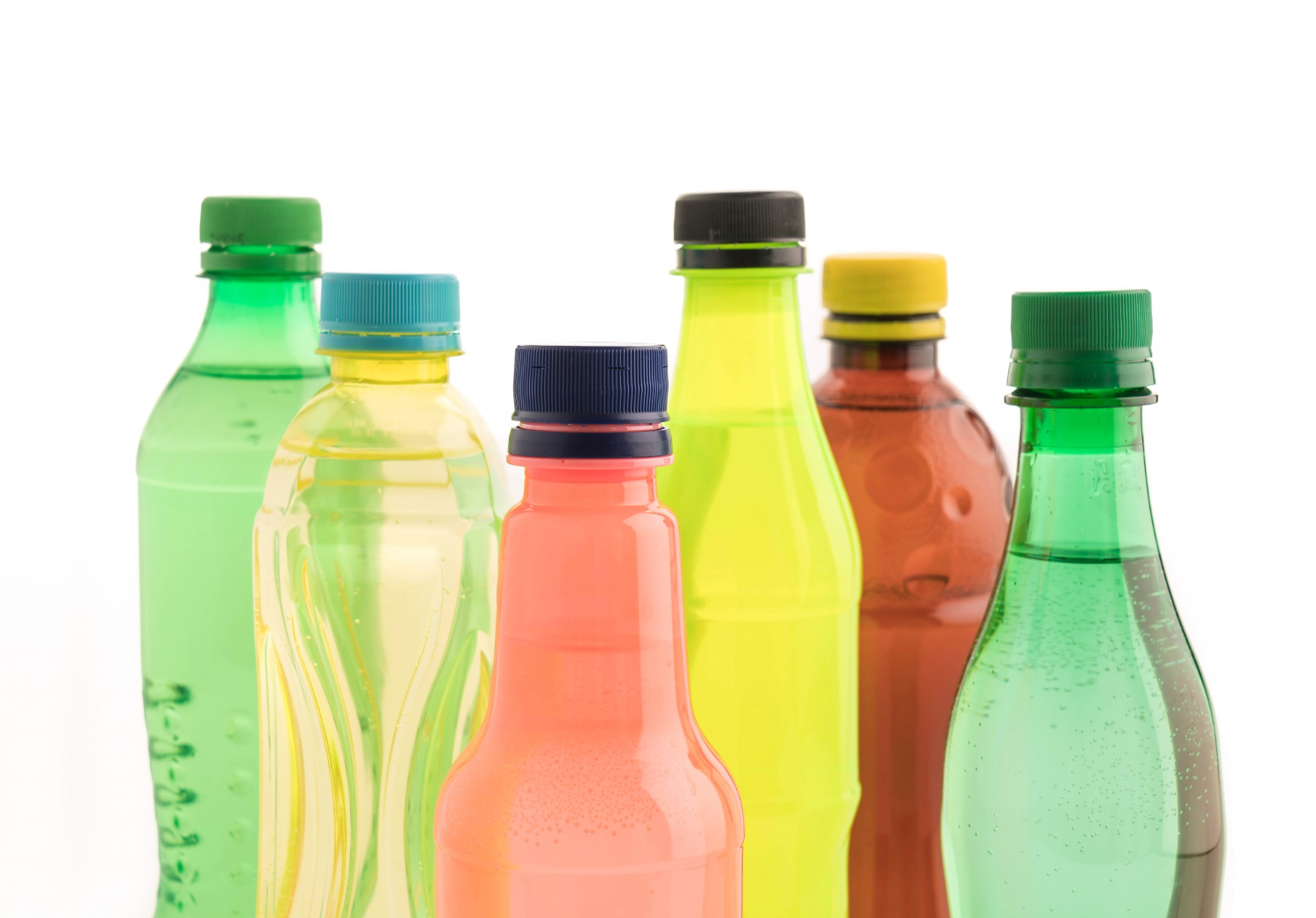Which material for which packaging? A practical guide for the food and cosmetics industries

What materials are most commonly used in packaging production?
Protecting and safely delivering a product are the key requirements for meeting consumer expectations. The most widely used materials in packaging today include plastics such as HDPE, PET, and PP, as well as aluminum, wood, and glass. Paper also remains highly popular, used for durable and aesthetic cardboard packaging. To increase strength, cellulose pulp is often combined with cotton, chalk, gypsum, or potato starch.
Packaging for the cosmetics industry – which options to choose?
In cosmetics, aesthetics play a crucial role. Packaging must not only protect the product but also attract attention and stimulate purchase interest. At the same time, it must comply with safety standards, outlined for example in Regulation (EC) No. 1223/2009 of the European Parliament and Council on cosmetic products.
Cardboard packaging is a common choice among cosmetics manufacturers. It is eco-friendly, lightweight, and visually appealing. For liquid or powdered personal care products, plastics such as HDPE and PET are more suitable. These containers do not react with contents, are free from harmful substances, and typically come in ergonomic shapes that make them easy to use.
Packaging for the food industry – which work best?
Food packaging must meet strict requirements due to direct contact with consumables. The main rules are set out in Regulation (EC) No. 1935/2004 of the European Parliament and Council on materials intended to contact food, and in Poland’s Food Safety and Nutrition Act of 25 August 2006.
Essential qualities of food packaging materials include odorlessness, no harmful effects on health, resistance to damage, and protection against contamination or pathogens. Frequently used solutions include cardboard containers (often reinforced with foil and plastic layers), polyethylene bottles (HDPE and LDPE), and PET packaging, widely used for beverages.
Alcohol packaging follows separate regulations. Standard sizes include 100, 200, 350, 500, 700, 1000, 1500, 1750, and 2000 ml. For still wines, permitted volumes are 100, 187, 250, 375, 500, 750, 1000, and 1500 ml. Depending on the type of drink and alcohol content, further labeling obligations apply.
What else should be considered when choosing packaging material?
The appeal of packaging depends on more than the raw material. Shape, color, symbols, and graphics all influence consumer perception. With growing environmental concerns, eco-friendly packaging is gaining popularity. Examples include cosmetic bottles made from sugarcane, glass containers, or airless dispensers from recyclable monomaterials. Consumers increasingly choose such solutions, even at a higher price.
For this reason, in addition to technical features and legal regulations, it is important to account for current trends in the packaging industry. By considering all aspects, you can select the right material to create unique packaging for your products.